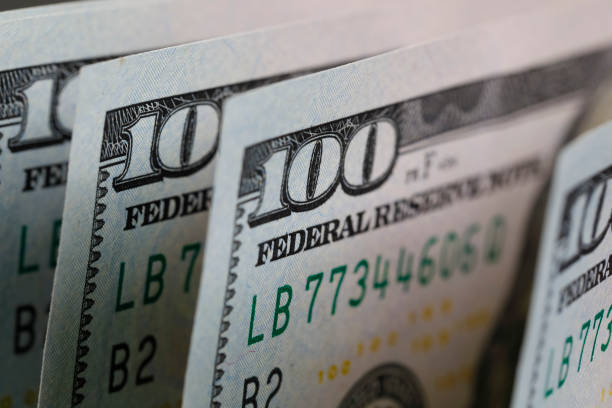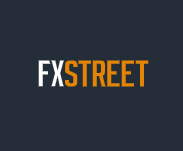US Dollar Index maintains position around 99.50 ahead of Initial Jobless Claims data

The US Dollar Index remained strong as Retail Sales climbed by 1.4% in March, indicating robust consumer spending.
The Greenback faces continued pressure as investor uncertainty persists amid the unclear direction of US trade and economic policies.
Tensions have intensified as President Trump has initiated a new investigation into potential tariffs on critical minerals.
The US Dollar Index (DXY), which tracks the US Dollar (USD) against a basket of six major currencies, is slightly stronger, hovering around 99.50, buoyed by solid consumer spending data. US Retail Sales rose by 1.4% in March, outperforming both the previous month’s 0.2% increase and market expectations of a 1.3% gain, according to data released on Wednesday. Market participants now shift their attention to upcoming US economic indicators, including Building Permits, Housing Starts, the Philly Fed Manufacturing Index, and weekly Initial Jobless Claims.
However, the broader US Dollar outlook remains under pressure amid ongoing investor uncertainty stemming from unpredictable US trade and economic policies. Tensions have intensified following President Donald Trump’s decision to launch a new investigation into potential tariffs on key minerals. The probe, targeting industries such as copper, pharmaceuticals, lumber, and semiconductors, highlights concerns over the US's limited domestic production capacity in strategic sectors, further escalating the trade rift with China.
Federal Reserve Chair Jerome Powell addressed the economic outlook during a speech at the Economic Club of Chicago, noting that the US economy remains “solid” despite heightened uncertainty and downside risks. Powell reiterated that the Fed is well-positioned to wait for greater clarity before adjusting its policy stance, citing near-maximum employment and inflation slightly above the 2% target, though it has moderated significantly.
Meanwhile, a recent survey by the Federal Reserve Bank of New York suggested a surge in consumer pessimism, with more households anticipating higher inflation, weaker job prospects, and tighter credit conditions in the months ahead. Financial markets are now pricing in a potential resumption of rate cuts starting in June, with expectations that the policy rate, currently at 4.25%–4.50 % — could be lowered by a full percentage point by year-end.
* The content presented above, whether from a third party or not, is considered as general advice only. This article should not be construed as containing investment advice, investment recommendations, an offer of or solicitation for any transactions in financial instruments.


